This is the sixth post in a series of tests of the Fujifilm 32-64 mm f/4 lens on the Fuji GFX 50S. The test starts here.
I’ve been asked to do a head to head of the Fuji 63 mm f/2.8 against the 32-64 mm f/4. Here goes. I used a somewhat different scene since the light wasn’t right for my usual one, The focus point was in the upper center, at a distance of 270 meters. The most distant point, the upper left corner, is at 490 meters. The upper middle is at 400 meters. There is thus sufficient DOF even with a circle of confusion of 2 um. I set the 32-64 to 64 mm focal length.
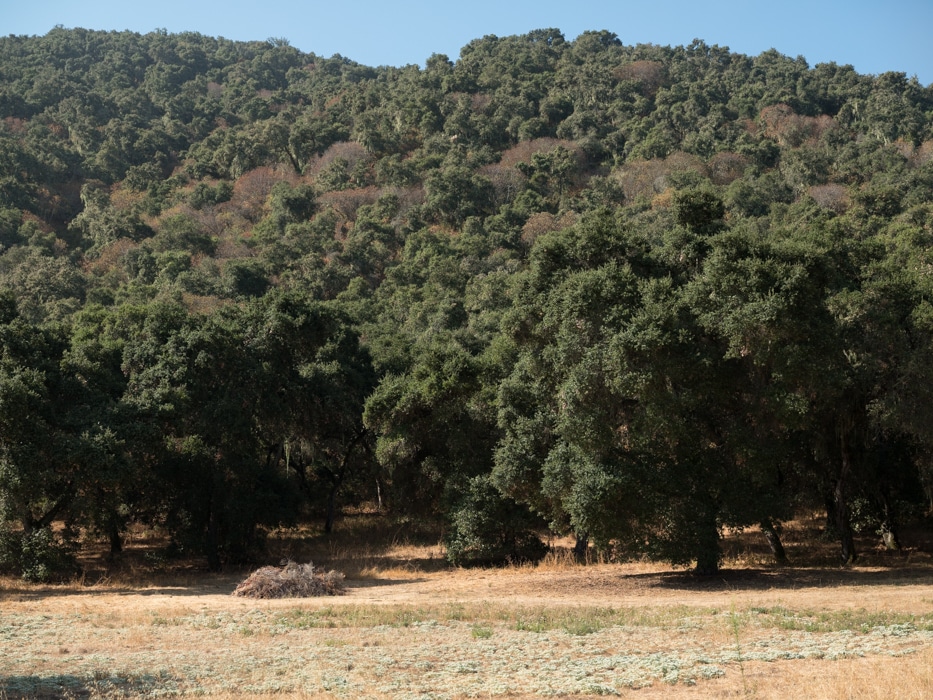

ISO set to 100. Shutter set to EFCS, which meant it really was EFCS for the narrower apertures for the GFX. Exposure compensation set to -1, with a 1/3-stop push in post. Manual focusing. Four shots at each setting, and I picked the best one. 2-second self-timer used in both cases. Arca-Swiss C1 Cube on RRS sticks. The focus was in the center of the image, and all images were refocused at each aperture. I developed all the images in Lightroom with default settings, except for Exposure and setting white balance to Daylight. This morning before the test, I upgraded the GFX firmware to 1.11. That is supposed to fix some focusing issues. It may have, but it looks like it’s made one worse. I’ll address that in another post.
I exported tight crops from the developed images as 700-pixel-wide JPEGs. That means that the images are all heavily upsampled. The GFX images are 253% of their original size in both dimensions.
If you just want a rough idea of the differences, just look at the images as displayed in-line in the posts. However, if you wish to compare these images in detail, you should view these images by clicking on them to see the source files, then setting your browser for 100% zooming. Even better, download them and make Photoshop stacks.
No matter what you do, these crops are all going to look horrible. I’m blowing them up so much so that they will represent the original file after JPEG’s discrete cosine transform has had its way with them. If you want to get a good idea of what the images would look like printed, get far away from your monitor. No, farther than that. Put a bunch of the images up on the screen and back up until the best one starts to look good. Then look at the others. There’s another reason why these images won’t look like the best thing the camera/lens combination can deliver. They’re demosaiced with Lightroom. Lightroom is not awful, but for a particular image, there are usually better raw processors. I use Lr because it’s a de facto standard, because I know it well, and because it’s got good tools for dealing with groups of images.
In the upper-center of the image, at the focus point:


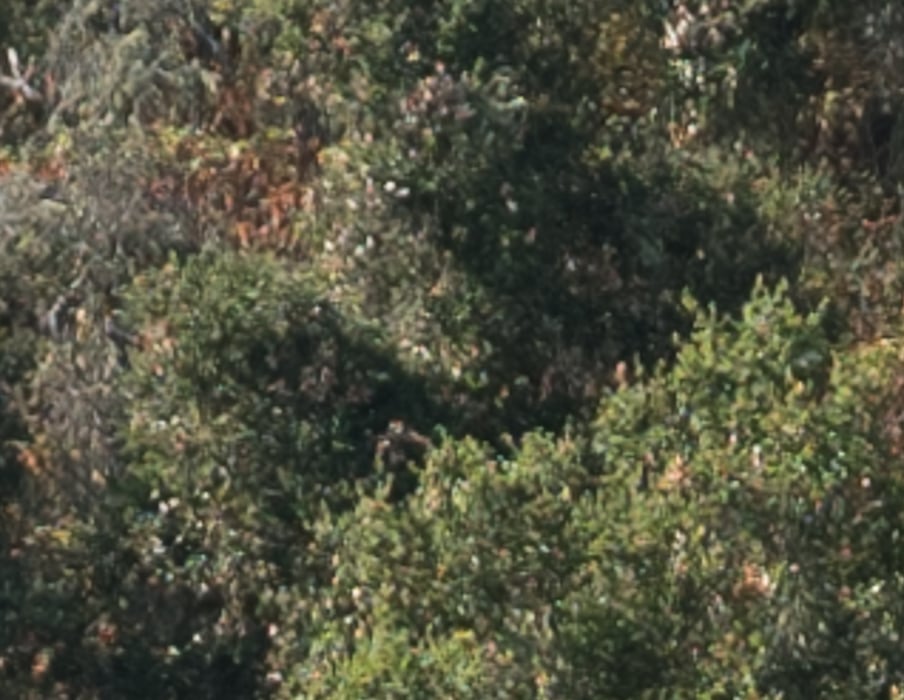
The contrast of the zoom is not as high. Neither is the sharpness. We saw this in the on-axis razor blade tests. The combination of wide open and a focal length of 64 mm does not play to the strengths of the Fuji zoom.
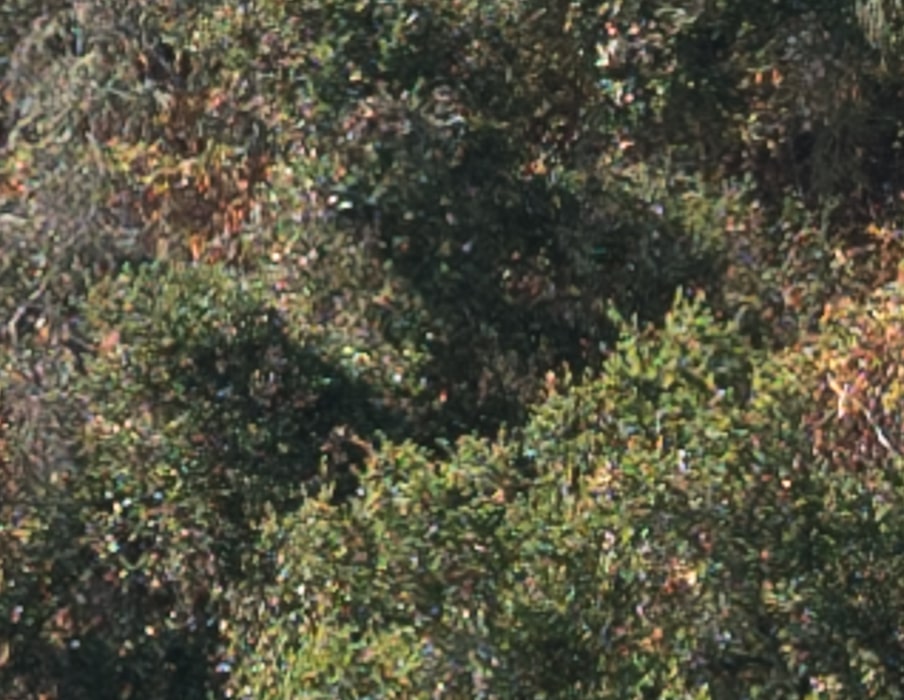
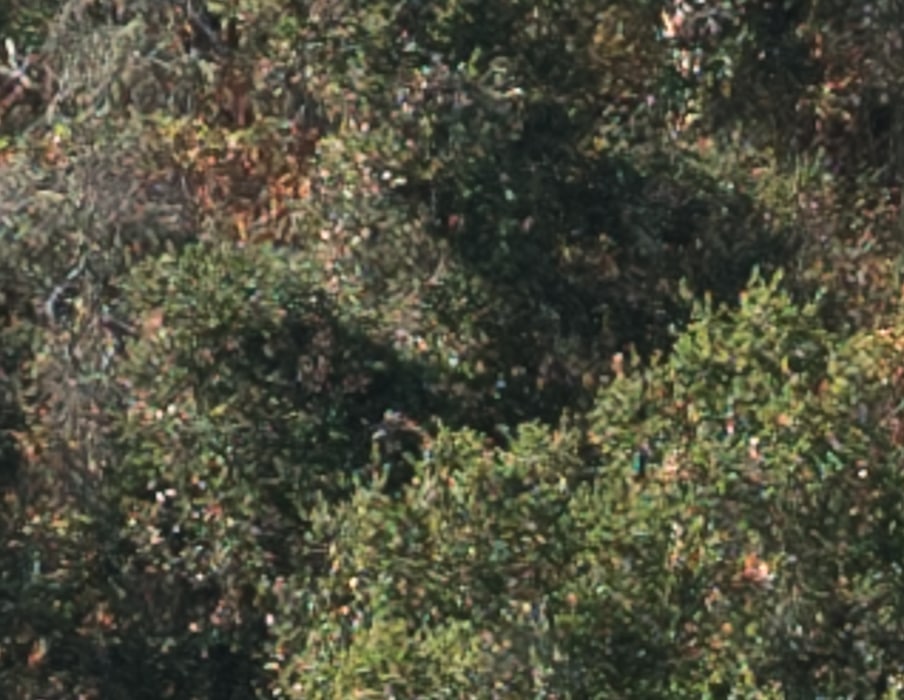
There is not much difference at f/5.6, although the 63 is a hair more contrasty.
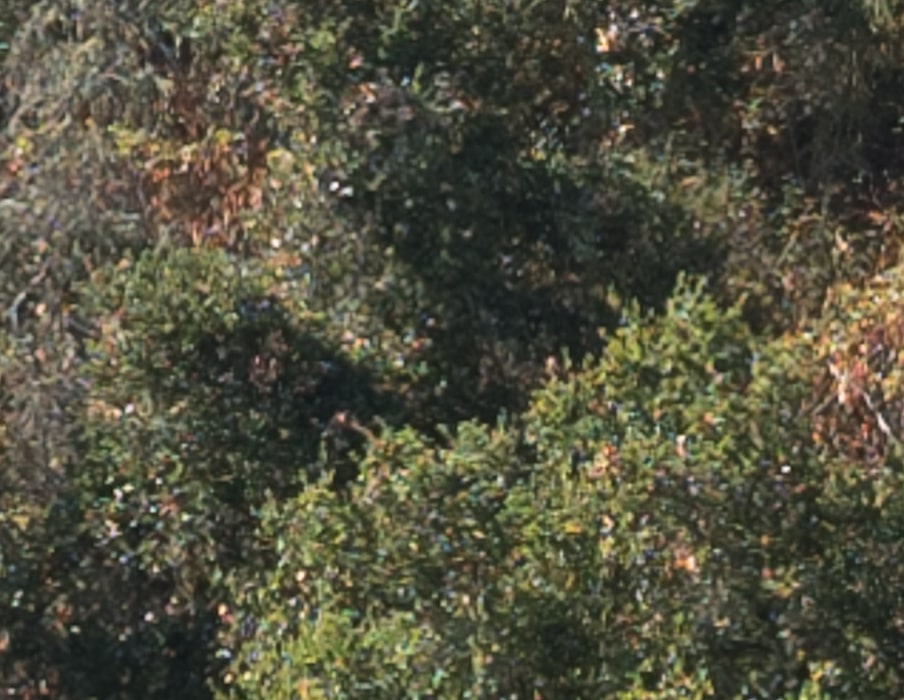

There is very little difference at f/8. What there is is slightly in the 63’s favor.
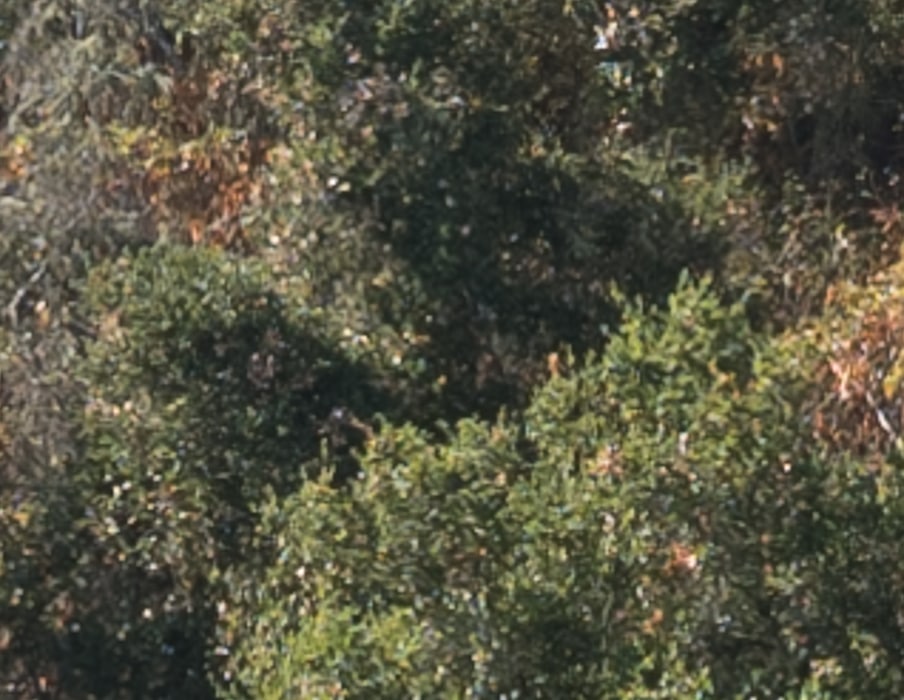
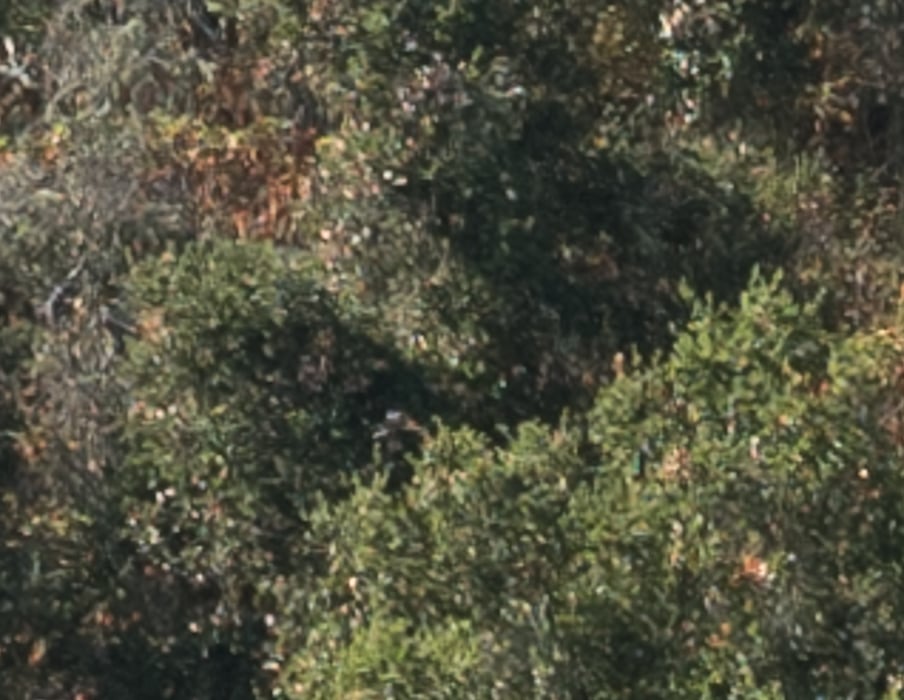
Again, things are very close, with the race going to the 63. But in the real world, as opposed to head to head testing like this, except at f/4, the lenses are very close near the lens axis.
In the upper right corner:
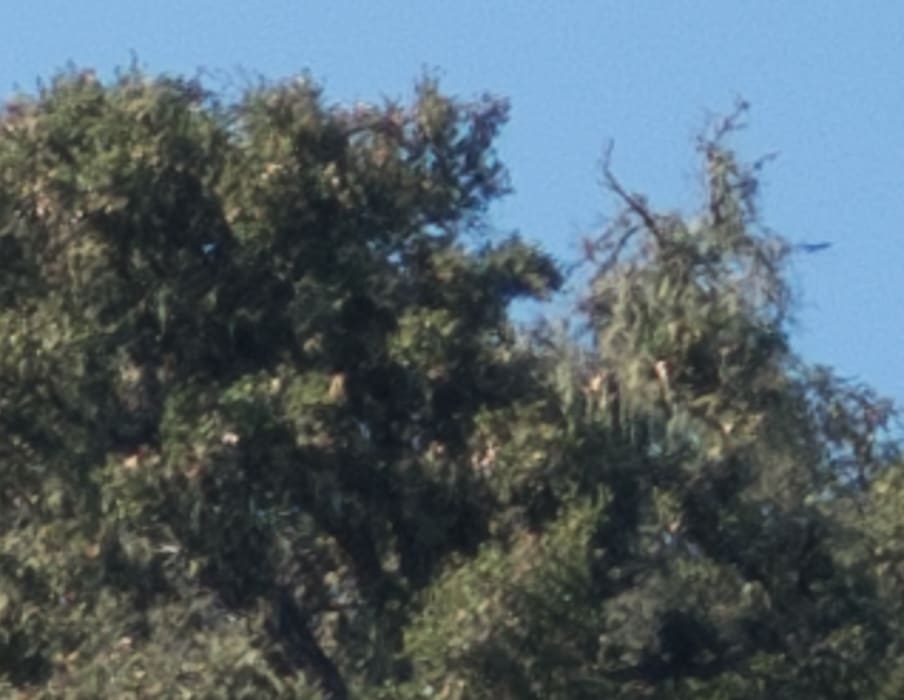
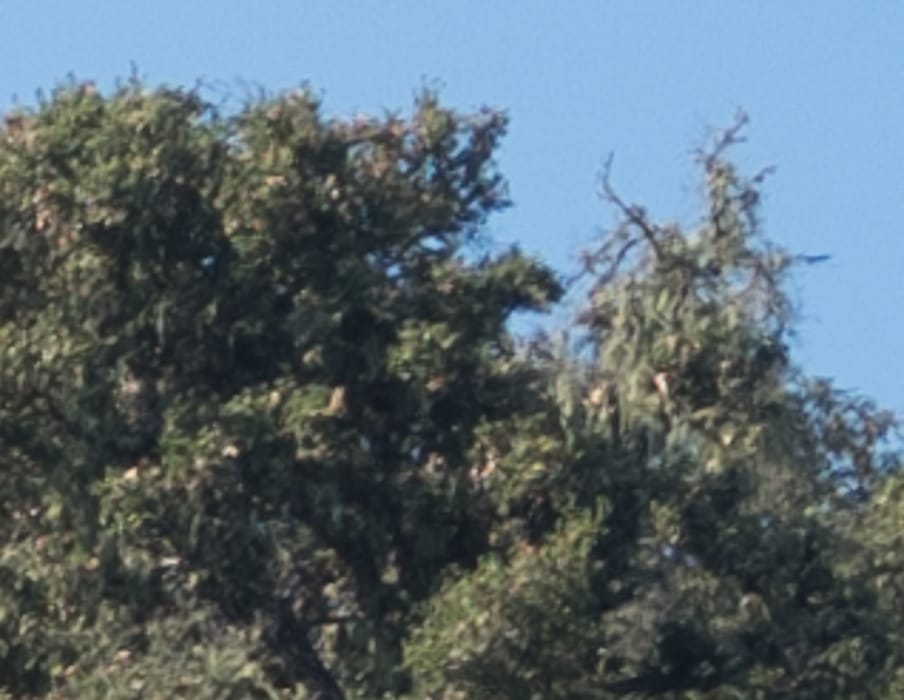

We see obvious softness in the zoom image at this magnification.


The prime is still ahead.
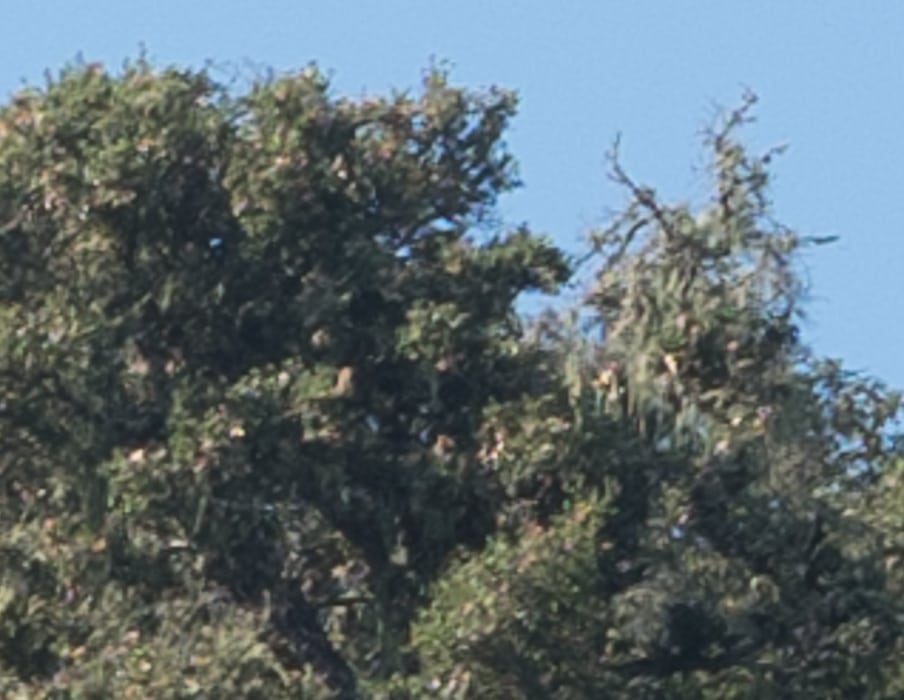
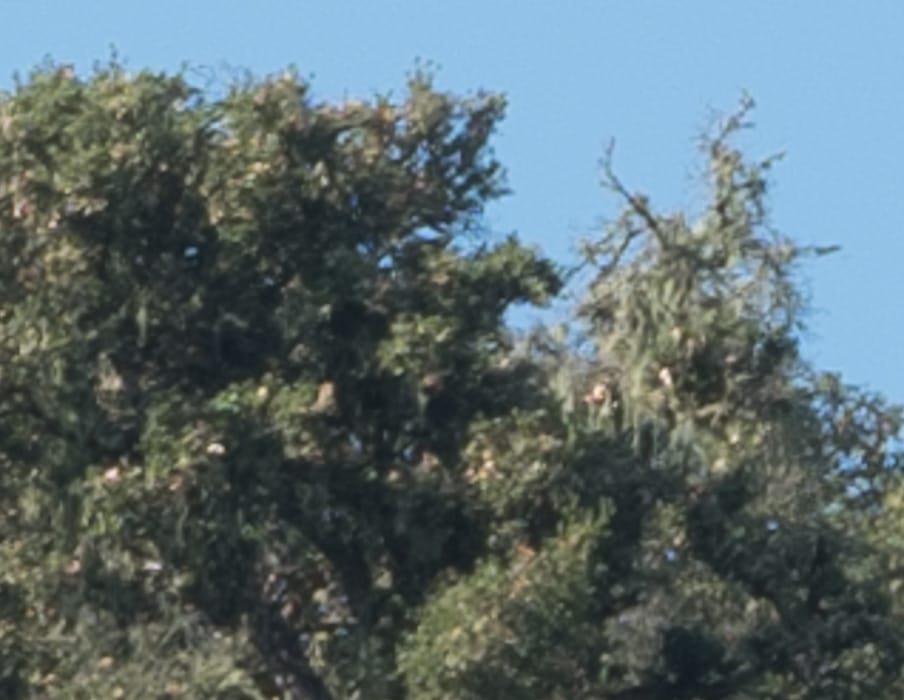
Now the zoom has almost caught up.
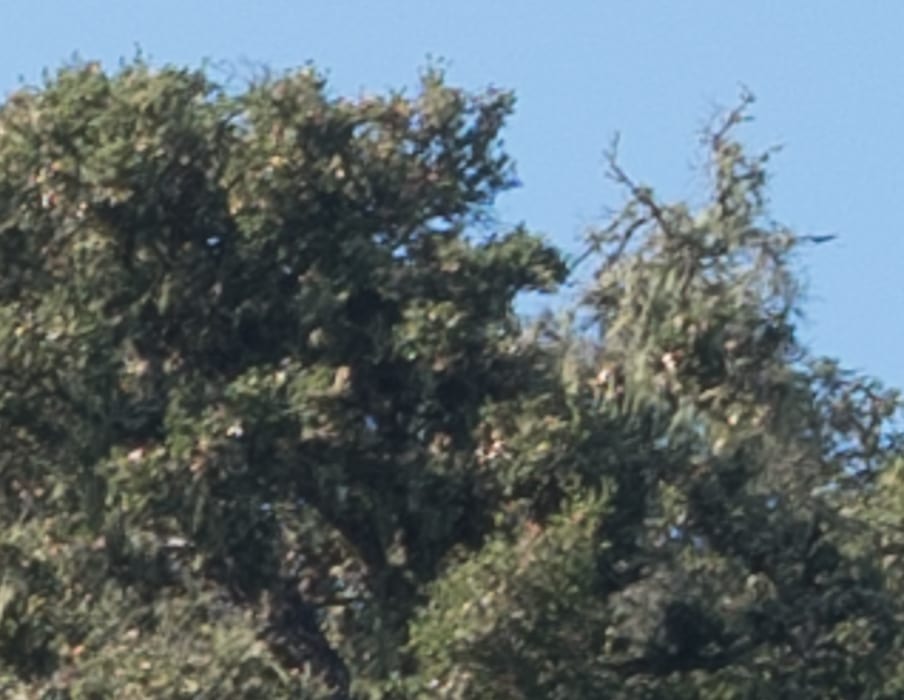
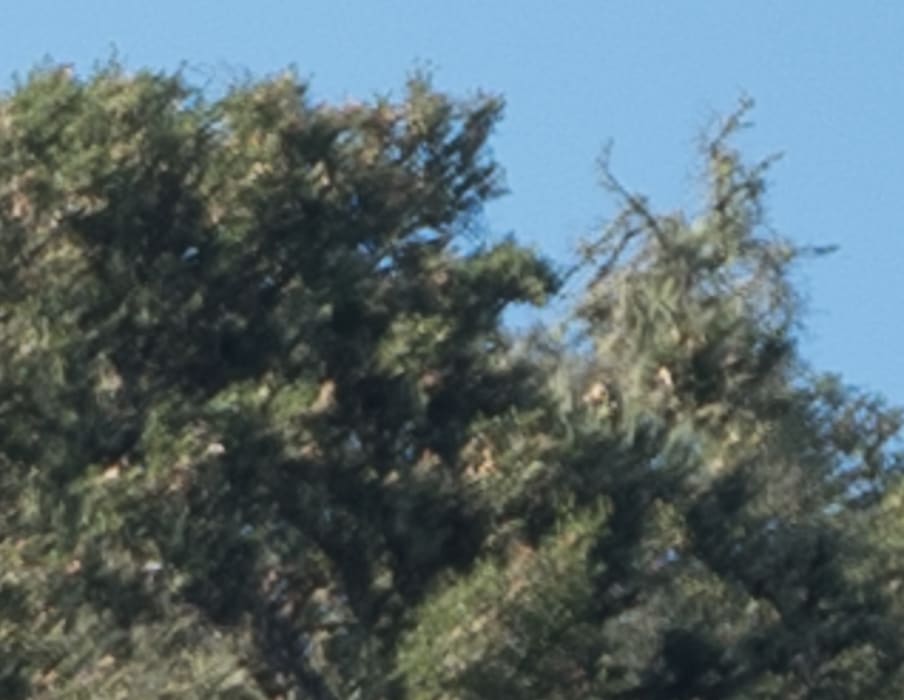
I’m not sure why f/11 with the zoom looks worse than f/8 did.
I think this is an excellent performance for the Fuji zoom.
Ahmed Gencal says
Hi;
We are still waiting for your 120mm vs 110mm comperrision.Hope to see it soon 🙂
JimK says
It’s up now.
Mark Kay says
I borrowed a 63mm and did similar comparison with the zoom and had very similar conclusions. I did not look closely at the f11 shots but will go back. In general I found the center frame to be substantially better at f4 and a little at f5.6 but the zoom was noticeably worse at f4-8.
Yogi Mik says
We know, that a good prime lens will always optically outperform even the best zoom.
Zooms are fairy catching with primes by F8, but still . . .
Don’t even think to shoot zooms at F11.
I don’t know a zoom that renders OOF as well as a good prime.
I’ve heard about one for Leica R, but I’ve never had it.
Cherie says
Hi! Will you have a chance to compare the new wide angle zoom GF20-35mm F4 to the GF 23mm F4 and the GF 30mm F3.5 primes any time soon? Thanks! (Background info below.)
I just bought my first medium format, the Fuji GFX 50R (I rented the 50S a few yrs ago and fell in love with the high res), and I’m trying to decide whether to get the two wide angle primes, or the zoom. Most of my photos will be in that range. I do travel streetscapes, landscapes, and up close nature. I use wide angle because I love photos that make you feel like you’re there, immersed in the scene. I’ve been shooting with the Fuji X-E2 for 8 yrs, and I love the X 23mm (35mm FF equiv) F1.4 for most travel photos, but on occasion, I need my Zeiss 12mm (18mm FF equiv) F2.8, and I love it for those occasions.
Jack Hoyer says
Thanks very much for this study. I’ve used a GF 32-64 happily for a few years, but have been recently thinking about a smaller prime in the ‘normal’ range. I was considering a GF50/3.5 but after seeing some GF63 images online, and being link to your study by a FB contributor I decided on a 63.
I know it wasn’t the subject of this investigation, but I’m wondering if you’ve noticed any differences in geometric distortion between the GF32-64 @ 64mm and the GF63 ?
Thanks again for all your very helpful work.